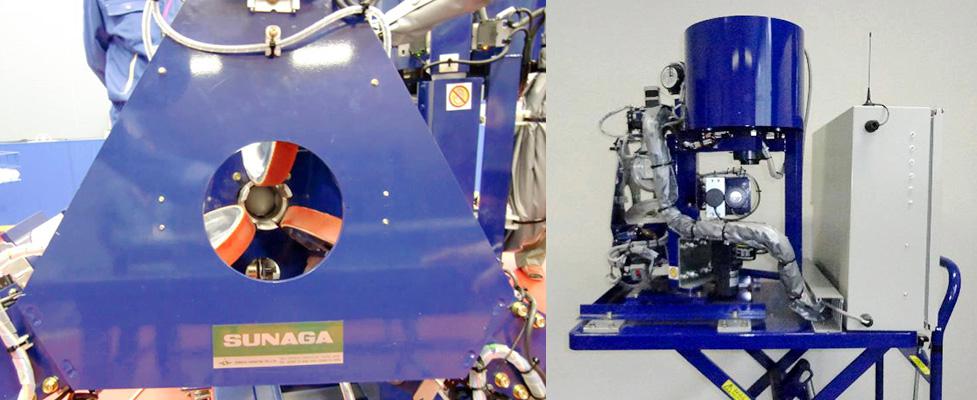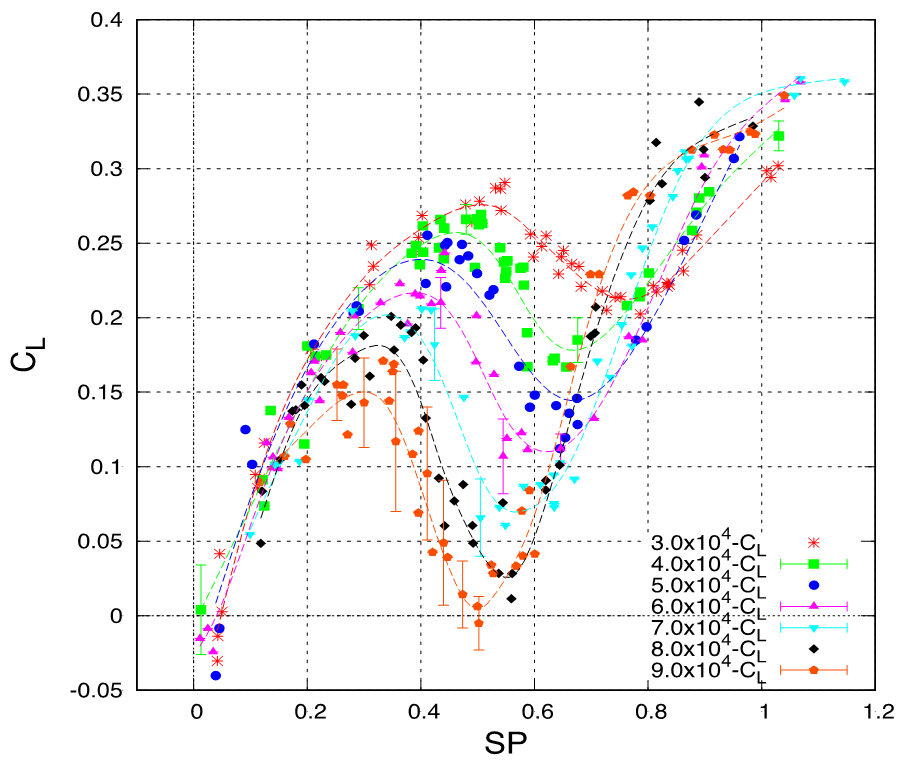June 2017 Issue
Topics
Fluid mechanics of table tennis balls: Discovery of 'spin-crisis'
Research conducted by Takeshi Miyazaki and colleagues at the Complex Fluids Lab at UEC, Tokyo, covers environmental fluid mechanics in massive systems such as flight of projectiles and motion of vortices in the Earth's atmosphere and oceans, as well as so-called granular flows where studies focus on determining how the behavior of individual particles affect macroscopic fluid flow.
Intriguingly, the other major area of research addresses fluid mechanics in sport including aerodynamics of flying arrows and spinning balls used in baseball, and recently table tennis balls.
"It is surprising that the aerodynamic properties of table tennis balls are not clear," says Miyazaki. "This may be because engineers have little interest in spinning spheres with Reynolds numbers less than 105, as is the case for the lightweight table tennis balls. But such is research is important for sports science."
In fluidics the Reynolds number is a guide to the transition from stable, laminar flow to rougher and turbulent motion of objects. Miyazaki and colleagues used high speed video cameras to track and monitor the trajectories of table tennis balls launched by a specially designed 'three rotator machine'.

"We unexpectedly found a dip in the lift coefficient for table tennis balls traveling at a spin rate of less than 0.5," explains Miyazaki. "We refer to these results as 'spin-crisis' because they imply that more spin does not mean more lift. In fact, too much spin on the ball causes it to go down."

This research highlights the many unresolved phenomena in fluid dynamics.
References
T Miyazaki et al, Lift crisis of a spinning table tennis ball, Eur. J. Phys. 38 (2017) 024001 (16pp)
doi:10.1088/1361-6404/aa51ea



